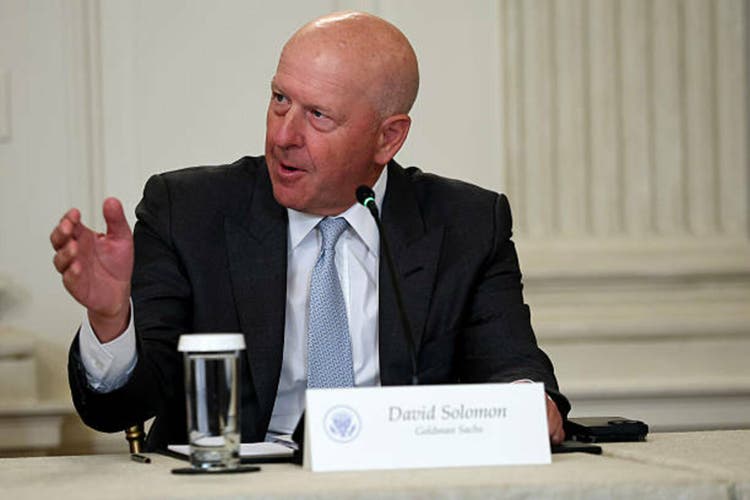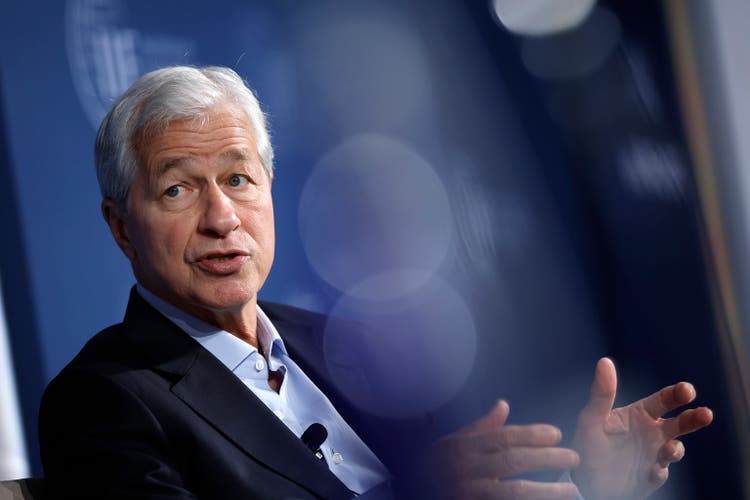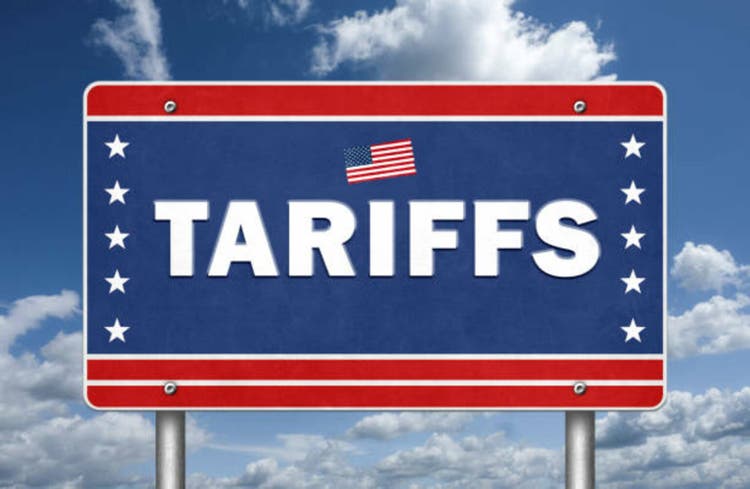Just three days after his January inauguration, President Trump signed an executive order that he had promised on the campaign trail, establishing a digital assets working group comprised of top administration figures that would usher in a new era for crypto in the U.S.
On Wednesday, the group—which includes Treasury Secretary Scott Bessent, AI and Crypto Czar David Sacks, and other leading officials—released a 166-page report detailing the administration’s new approach, which Trump pledged would be a departure from his predecessor, President Biden, who cracked down on the blockchain industry.
The report outlines different priority areas for the White House moving forward, from enacting rulemaking laid out in the Genius Act, a bill establishing regulation for stablecoins passed by Congress earlier in July, to modernizing anti-money laundering rules.
In a press briefing call on Wednesday, senior administration figures touted the report as the “most comprehensive product that’s ever been produced in regards to digital assets.” But as Congress debates an ambitious bill to create guardrails around cryptocurrencies and exchanges, and federal agencies deliberate on how to police the sector, the White House’s work is just beginning.
Search for clarity
While Trump has fully embraced the role of the crypto president, Wednesday’s report is not the first from the White House. The Biden administration released its own back in September 2022, just weeks before the collapse of Sam Bankman-Fried’s crypto exchange FTX.
The Biden report presaged a period of enforcement actions from agencies including the Justice Department, Securities and Exchange Commission, and Commodity Futures Trading Commission against top crypto companies, including Coinbase. In response, the blockchain industry mounted a campaign to elect pro-crypto politicians, replete with hundreds of millions of dollars in campaign donations.
It proved to be a success, with Trump promising a raft of crypto policies, including a strategic Bitcoin reserve, the pardon of Silk Road founder Ross Ulbricht, and crypto legislation. He has already fulfilled many of the pledges, with Wednesday’s report capping off a flurry of executive orders that he signed right after taking office. The composition of the working group, filled with pro-crypto officials, reflects the massive sea change from the Biden administration.
While a major win for the crypto industry, the report leaves still leaves open certain questions, including ones related to the future scope of the federal government’s crypto reserve. In the press call, one official said that the report is focused on a regulatory framework rather than the reserve, and said that more information should be coming soon.
The report also acknowledges the limitations posed by the reality that Congress has yet to pass a market structure bill, which would establish more comprehensive regulation for the issuance of cryptocurrencies, as well as the operation of exchanges like Coinbase. While the report encourages the SEC and CFTC to provide more clarity on key functions like registration, custody, and trading, many market participants will remain in limbo while Congress continues to debate legislation.
Though the Senate and House of Representatives were able to agree on a stablecoin bill, the looming market structure bill will likely remain more of a challenge. The senior Trump administration officials argued that the House version—the Clarity Act—has received bipartisan support, with the report pointing to the bill as a “guiding star” for market structure.
“They’ve built the proper foundation for getting this home,” the official added.
This story was originally featured on Fortune.com

 20 hours ago
1
20 hours ago
1

















 English (US) ·
English (US) ·